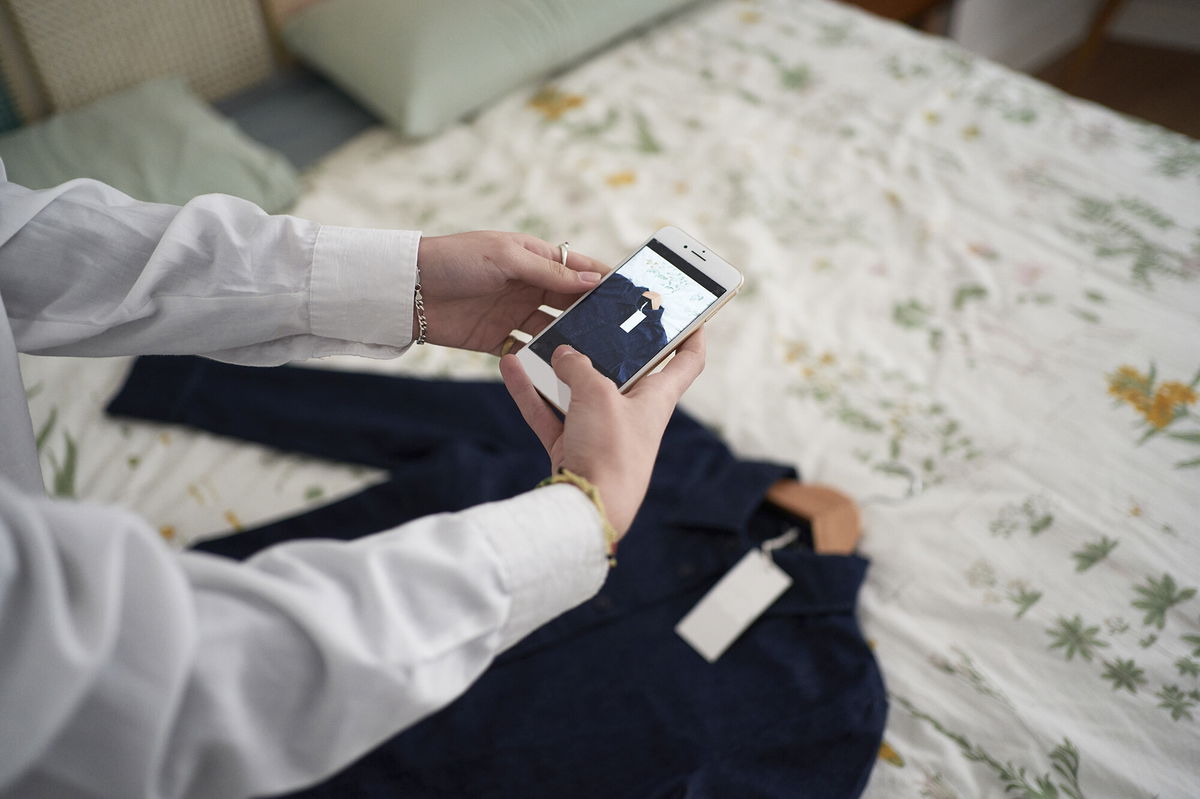Consumers are still buying lots of furniture, electronics, home decor and clothing — from each other

Savvy consumers have found a way around sky-high inflation to keep buying more than just necessities. They're doing it by shopping for their closets
By Parija Kavilanz, CNN Business
Savvy consumers have found a way around sky-high inflation to keep buying more than just necessities.
They’re doing it by shopping for their closets, homes, outdoor spaces, home offices and workout areas not from retailers but from each other.
Large chains such as Walmart, Target, and Bed Bath & Beyond are struggling with an oversupply of merchandise and lack of demand for discretionary items like furniture, electronics, home decor and clothing.
But those are exactly the categories that are in hot demand in the secondhand marketplace, according to the fourth annual industry report from OfferUp, a leading online resale marketplace.
“While recommerce has become popular in culture with its use for clothing resale, our research found that 76% of items bought and sold pre-owned are not apparel and instead fall into the categories of electronics, furniture, home goods, home improvement, sporting goods, outdoor equipment and auto parts,” OfferUp CEO Todd Dunlap, said in the report.
Demand for secondhand clothing and other items was already strong heading into the pandemic, with environmentally and budget-conscious millennial and Gen Z shoppers driving interest in resale. The pandemic strengthened the momentum, and now surging inflation has fortified it.
The report, produced in conjunction with analytics firm GlobalData, found that 82% of Americans, some 272 million people, are currently buying or selling secondhand goods. A majority of those consumers said inflation impacted their decision to enter the secondhand market, with saving or making money the prime motivation.
“Inflation is more helpful than harmful for resale as it drives the market for both buyers and sellers,” said Neil Saunders, retail analyst and managing director at GlobalData Retail.
“On the buyer front, more people are turning to secondhand as a way to save money when prices are high. And more people are selling their used goods to make a bit of extra money,” he said. “So inflation is widening the number of people involved in the resale market and expanding the number of items available.”
Those who are active in the marketplace are spending about 27 minutes a day on resale sites, almost on par with the 30 minutes a day they spend on Instagram, Facebook, and Snapchat.
“We interviewed a representative set of Americans and found that they don’t plan on slowing down,” Dunlap said. “In fact, more than half (58%) of Americans who engage in recommerce plan to increase their buying and/or selling of pre-owned goods in the next 12 months.”
OfferUp expects the resale market to reach $178 billion in sales in 2022, up from $160 billion from the prior year, and $289 billion in sales by 2027.
The report is based on research from GlobalData and a survey of 2,000 US adults conducted in May 2022.
The-CNN-Wire
™ & © 2022 Cable News Network, Inc., a Warner Bros. Discovery Company. All rights reserved.